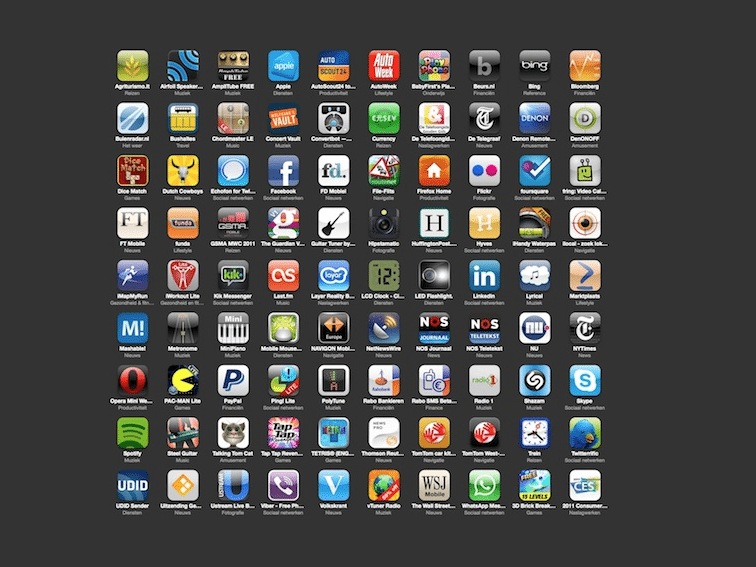Why Do Some Mobile Learning Apps Fail?
There are currently over 50,000 education apps available on the iOS App Store.
Whether you are studying for the SAT, learning your primary colors, exploring the night sky, tracking your students’ grades, prepping for the medical school boards, or learning Spanish, it seems like there’s always “an app for that.” Sometimes there are even 100s of apps for a single subject like the SAT!
The sad thing is that the majority of these apps do not conform to commonly accepted principles for educational software. While an educational app may in fact be “fun”, there’s a good chance that it is a net detriment to a student’s learning progress (when compared to traditional means of study).
Here are 5 reasons why education-focused mobile apps may not actually help people learn.
1. Too much gamification.
Some apps are so “gamified” that the majority of time spent in the app is devoted toward storylines, character development, frivolous animations, or tangential activities – rather than the learning objective itself. Applying a rubric toward evaluating educational games could help ensure a good balance between helping students learn and just helping them have fun. We at Brainscape focus on core learning principles over frivolous game mechanics wherever possible.
2. Bad tutorials.
Many apps have great intentions but are so confusing that users end up bailing out prematurely. It’s important to ensure that the user (and/or teacher) has a clear understanding of how the app works and why its learning objective is significant as they ease into the game. Providing clear, scaffolded tips one-at-a-time (as opposed to pages of “instructions”) may take the developer a lot of time, but remember that the best apps have up to 30% of their code-base dedicated toward elements of the first user experience. Every minute the user spends confused is a minute that should have been spent learning.
3. Poor progress tracking.
A good education app should frequently – or even constantly – remind the learner of his/her progress toward the eventual learning goal. Too many learning apps feel more like mere references, where the learner has no sense of which concepts or skills have been “mastered,” or where s/he needs to focus more energies.
4. No systematic repetition.
Other educational apps are so linear that they give the learner a false sense of “mastery” as they complete each lesson or exercise. Check-box. Lesson done. The reality is that humans forget things. No matter how well-designed an educational exercise may be, we will never permanently remember anything unless it is repeated a certain number of times. The best educational apps periodically review previously learned concepts as part of the ongoing curriculum experience. At Brainscape, we use our unique confidence-based repetition methodology.
5. No revenue model.
Many teachers and students are cursed with a sense of entitlement that every educational app should be free. But another sad reality is that developers need to support themselves! When an app is just a hobby (and does not make money), a developer is likely unable to continue devoting significant time toward improving it. Sometimes you’ve gotta pay $0.99-4.99 to subsidize a developer who has dedicated $20,000-200,0000 worth of his time to create this valuable learning resource!
Let’s continue pushing developers to create great learning experiences rather than just frivolous games and resources. And let’s make sure they know how much we appreciate them when they do .
Andrew Cohen is the founder & CEO of Brainscape. He developed the first version of Brainscape as an Excel macro to help him study French after having become frustrated with other language software. Before starting Brainscape, Andrew spent nearly a decade developing eLearning solutions for large corporations, U.S. government offices, the United Nations Development Programme, and the World Bank, across four continents. He can be found on Twitter at @acohenNY.
